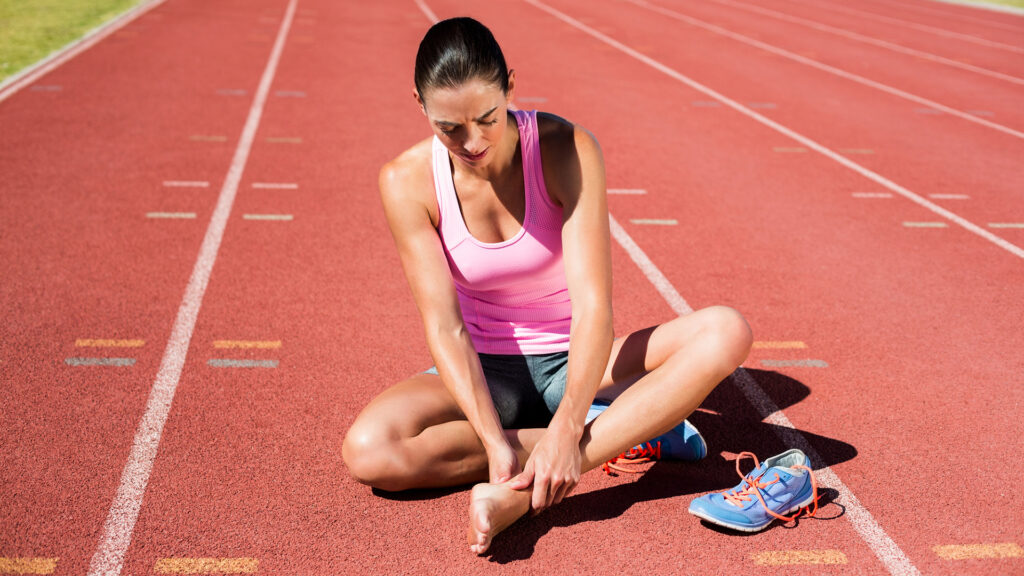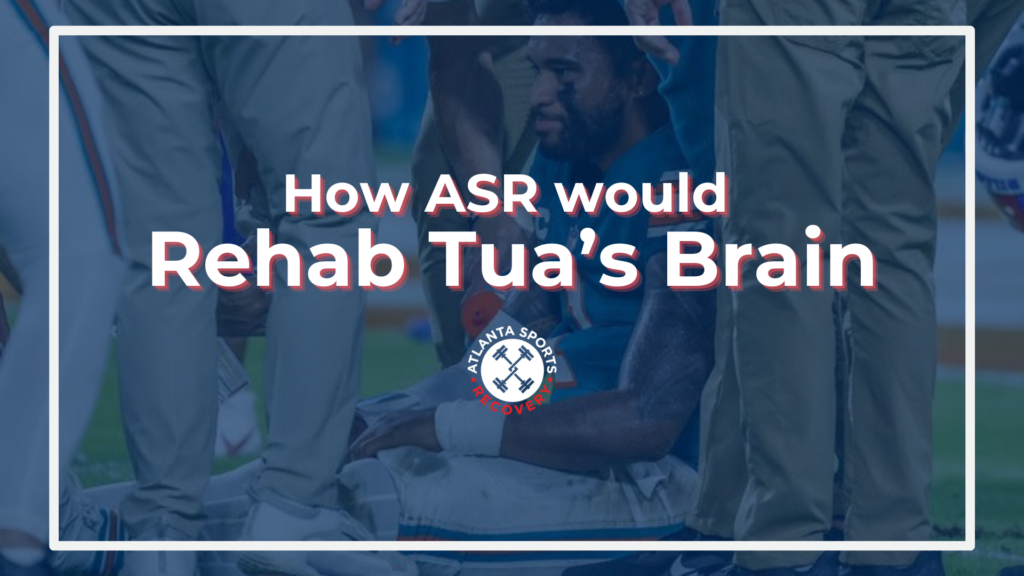+ The crib notes:
- No shoe can fix your running mechanic errors or prevent injury.
- Science says anyone that tells you otherwise is blowing hot air or false facts up your twosie hole
- When you need to buy running shoes, pick the ones that are most comfortable on your foot.
- When you are in pain from running or want to improve your performance, come to ASR.
A few months ago, I was looking for a new pair of running shoes, and a sales guy at a specialty running store told me I should be wearing Hokas. He made this judgment after asking what I was training for (1/2 ironman) and then analyzing my foot pronation (ankles cave in) supination (ankles bow out, like a soup bowl). He said I need a stability shoe with a neutral ride and lots of padding for the pounding.
Poor bastard had no clue how big of a sort of sports science nerd I am.
I started into my questions about gait mechanics, foot strikes, and ground reaction force, and after:30 realized just like many other salespeople in the world, he knows very little about the science behind the products he sells. He only knows the information he that is provided to him.
Not his fault. His job is to sell shoes, not understand the complexities of running mechanics. His only educational materials come directly from the manufacturers of the shoes that are created to fix pronation, foot strike, or maximize ground reaction forces. Essentially he is educated only to find a problem by the people selling the solution for said problem.
So the question then becomes: do you need to shoes that correct your pronation? Is pronation even a problem? Or is it just something a shoe manufacturer created to sell a shoe that fixes the problem they invented.
To find the answer, I turned to a meta-analysis of 40 years of studies done by Dr. Benno M Nigg and his co-authors at The British Journal of Sports Medicine. Their conclusion: most of our assumptions about running shoes and injuries are, in a word: hogwash.
That’s right, the fact is, foot pronation or impact force have never been conclusively linked with any running injury or even the prediction of injury. And there is almost no evidence that impact force causes harm, or that changing or removing shoes (in the Vibram/barefoot vein) alters impact much at all.
To truth is, everything we think we know about running shoes is wrong: footwear designed to somehow “fix” your running form and prevent injury – according to Hamill and Nigg, are at best ineffective, at worst counter-productive. Despite decades of research and costly advances in shoe design and materials, running injuries haven’t slowed down one bit; in fact, more than 90% of runners still get injured every year, a rate comparable to what it was 30 years ago.
So if everything the sales guy and shoe companies tell us is wrong, what shoe should we be wearing? It’s simple: pick the shoes that feel comfortable to you when you run. Those are the right shoes for you.
Injuries are often inevitable. Our bodies age and break down. No shoe is going to stop that. At a certain age, the best of us is in the past. As Donald Hall once wrote, “To grow old is to lose everything.” Minimizing your injuries before death requires some, not just self-knowledge (aka awareness of your limitations and heeding them), but a kind of brute honesty that most of us are terrible at having.
That is why you need the crew and me at Atlanta Sports Recovery in your life. Our skillsets allow us to reduce your running-related pain by treating it with our hands and machines. Help you move better by taking a look at your running biomechanics to figure out what you can do to be more efficient and save your tissues some necessary mileage. And help improve your performance & longevity by being the brutally honest voice that you may not have. The one that will let you know when it may be useful to dial back the running and cross-train for a bit.



